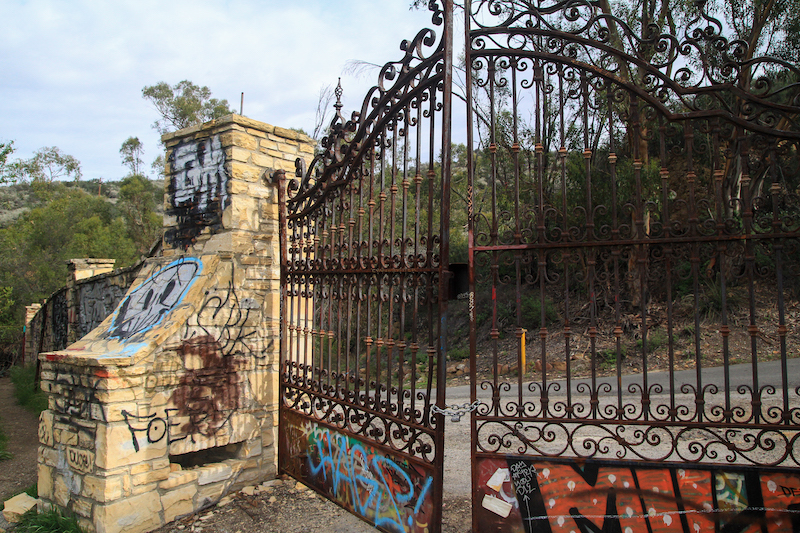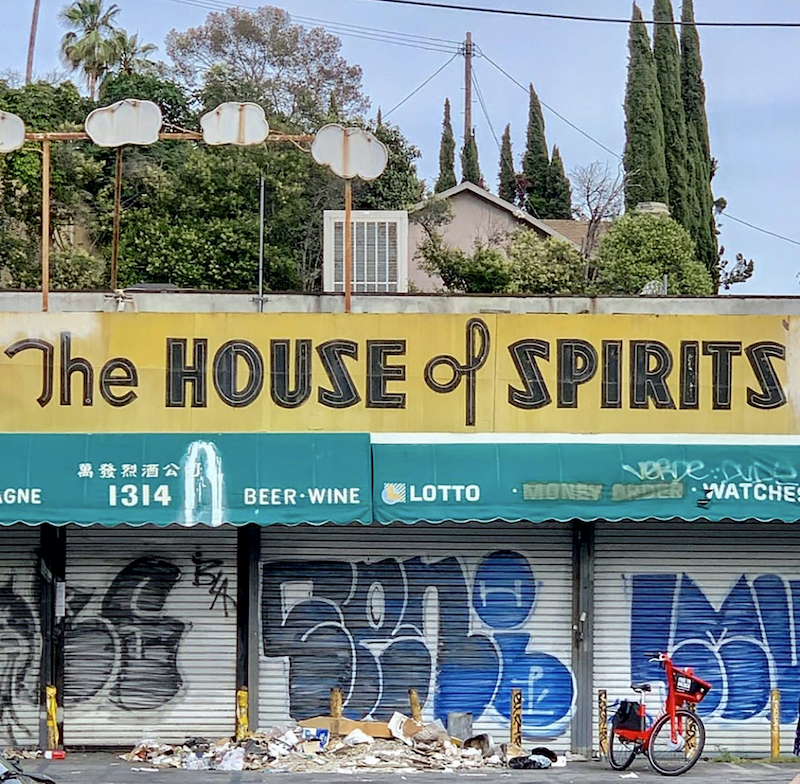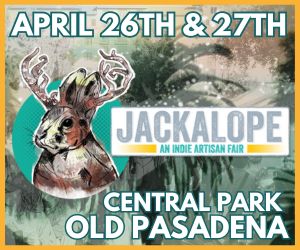
Josh McNair/Abandoned & Historic LA: Neon & Beyond
Like many transplants before him, Jason Horton was in love with the West Coast before he’d even seen it. And now that he’s fortunate enough to call Los Angeles home, he’s released a book that contains some serious L.A. nostalgia. Abandoned & Historic LA: Neon & Beyond is mostly photos, peppered with anecdotes and insight from other Angelenos—some native, some not. It’s a love letter to L.A. through a rosy lens, the kind that finds beauty in its grit but doesn’t dwell in it.
Horton was born in New Jersey, grew up in the Hudson Valley, then moved to San Diego in 2002. It was in 2006 that he made it to Los Angeles where he’d already been commuting for improv and sketch classes at iO West and UCB.
“Like most people, I was enamored by California,” he said, citing pop culture touchstones that painted a picture of the West Coast. There was the song “Good Vibrations” (The Beach Boys, not Marky Mark, he clarified), Three’s Company, Last American Virgin, and Valley Girl.
“Plus I loved the punk and hardcore bands from California. I was sold on moving here, sight unseen,” he said.
The photos featured in the book come from both Horton and a group of photographers. As he put it together, he talked with his wife, who grew up in the Valley, for some native Angeleno context.
The images include famous neon signs—like the Circus Liquor clown—as well as more mundane ones that you’re sure to recognize from late nights cruising around or taking the bus. There are places you don’t want to explore (the Cecil Hotel, for example), and places you should, like Griffith Park’s old zoo. There are cultural landmarks, like the Capitol Records tower. Then there are empty, dead malls and faded signs outside of mattress stores and car lots.
I used to walk by half the images from Hollywood nearly every day on my way to work, but the photo I lingered on was Pink Motel’s empty, fish-shaped swimming pool. If this wasn’t L.A., it could be any Route 66 motel advertising a color TV or waterbeds in every room. Yet here, the Pink Motel only exists in TV and films. It’s a prop. I lingered on that photo for a bit, thinking of all the things I’d seen that fake motel in. Later that same night, I saw it in an episode of Lucifer. In it, a TV writer had used it as his crash pad before he was murdered.
When asked what his favorite images are, Horton says, “A lot of the neon signs from the Valley are all great. The House of Spirits in Echo Park is a great photo and is now painted over, and the sign is being renovated. I worked with great photographers. My own photos I would get organically. If I saw it and liked it, I took it, and if it made sense, it went in the book.”

Glenda Smith/Abandoned & Historic LA: Neon & Beyond
There’s also something bittersweet about looking at a collection of abandoned places and realizing that even this brand new book paints an inaccurate picture of the Los Angeles that’s to come. There’s a photo of the neon Amoeba sign on Sunset, for instance. Amoeba closed alongside everything else in March due to the COVID-19 pandemic. In April, Amoeba announced that the record store would never reopen in that location again, instead focusing its effort on its new location on Hollywood Blvd. Horton intentionally got a photo of the sign, knowing it would soon be removed. Who knows what else will be gone by the time we’re out of this mess?
The anecdotes in the book are from a collection of Angelenos, many in the music industry. There’s Josie Cotton, whose song “Johnny, Are You Queer?” appears in Valley Girl. There’s musician and music writer Carlos Ramirez, who recalls coming to L.A. for the first time to play a show with his band and insisting on finding The Rainbow on the Sunset Strip. There’s comedian and Koreatown Neighborhood Councilmember Kristina Wong, who offers a pithy comment on the neighborhood she reps. There’s author Terra Newell, who is perhaps most famous for her appearance as herself in the Dirty John podcast. Newell heroically killed her mother’s abusive ex in self-defense.
In terms of future projects, Horton says he already had so many photos they couldn’t fit into one book. If there’s a sequel, he hopes to explore further from the center, into South and East L.A. and the Westside.
“I also wish I had access to more vacant mall related photos. I’m mall-obsessed, which I got from the L.A. representation in movies and TV,” he said.
If you want to check out Abandoned & Historic LA: Neon & Beyond for yourself, it’s available on September 28 direct from Arcadia Publishing, or via Amazon, Barnes & Noble, Google Books, Target, Indiebound, and local bookstores in L.A.
Juliet Bennett Rylah is the Editor in Chief of We Like L.A. Before that, she was a senior editor with LAist and a freelancer for outlets including The Hollywood Reporter, Playboy, Los Angeles Magazine, IGN, Nerdist, Thrillist, Vice, and others.


